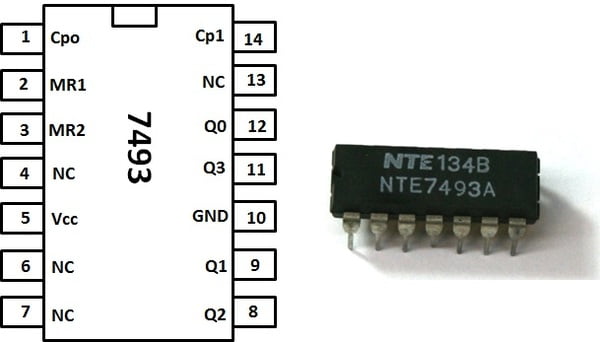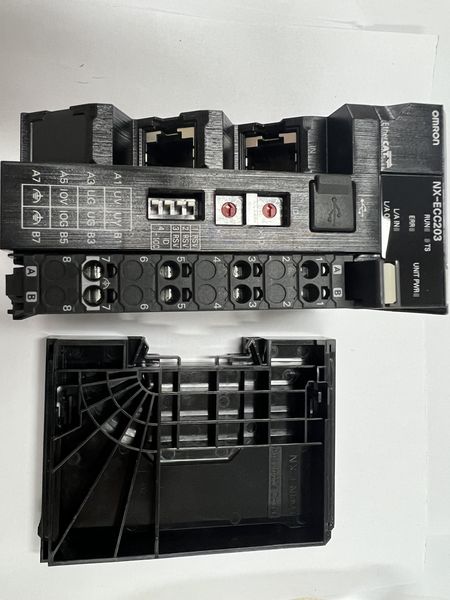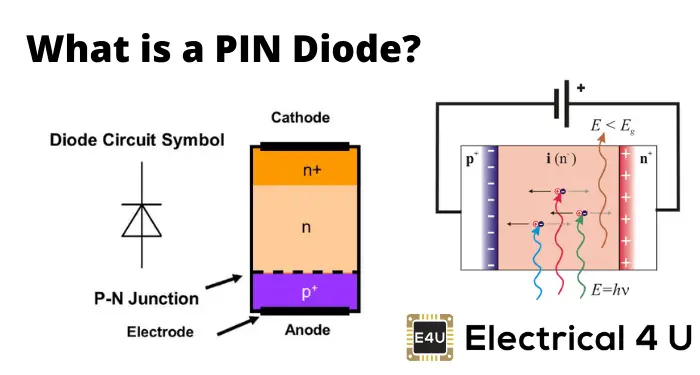Exploring IC 7493: A Deep Dive into 4-Bit Binary Counter Circuit
The 7493 is a 14-pin integrated circuit (IC) commonly used as a 4-bit binary counter. Let's delve into the details of the 7493 IC, its features, pinout, operation, and applications:

Features of IC 7493:
-
4-Bit Binary Counter: The 7493 IC is designed to count in binary form, incrementing by one for each clock pulse.
-
Decoding Logic: Contains internal decoding logic to create a divide-by-10 counter output from the binary count sequence.
-
Master-Slave Design: Typically configured as a master-slave flip-flop arrangement for reliable counting operations.
-
Clock Input (CP): The clock input drives the counting sequence by triggering the counter on rising or falling edges.
-
Parallel/Serial Load Inputs: Enable parallel loading or serial shifting of data into the counter.
-
Ripple Carry Output (RCO): Provides a signal indicating an overflow condition when the counting limit is reached.
-
Asynchronous Reset (MR): Allows resetting the counter asynchronously to a predefined state.
-
Low Power Consumption: Operates on a low supply voltage, making it suitable for various battery-powered applications.
Pinout of IC 7493:
The 7493 IC typically features the following pin configuration in a Dual Inline Package (DIP):
- A (Pin 12): Output Complement (Q4).
- B (Pin 13): Output Q4.
- C (Pin 1): Output Q3.
- D (Pin 2): Output Complement (Q3).
- Clock (CP - Pin 14): Clock Input.
- Reset (MR - Pin 9): Asynchronous Reset Input.
- Carry Out (RCO - Pin 15): Ripple Carry Output.
- Parallel Load (PL - Pin 3): Parallel/Serial Load Input.
How IC 7493 Works:
-
Clock Signal: The counter increments with each clock cycle applied to the CP pin.
-
Binary Counting: The 7493 IC counts in a binary sequence, starting from 0000 and incrementing up to 1111.
-
Decoding: Internal decoding logic translates the binary count into a decimal count sequence.
-
Cascade Operation: Multiple 7493 ICs can be cascaded to create longer counting sequences.
Applications of IC 7493:
-
Frequency Division: Used in frequency divider circuits to divide input frequencies by powers of 2.
-
Digital Timers: Employed in digital timer applications for specific time intervals.
-
LED Chasers: Integrated in LED chaser circuits to create dynamic lighting effects.
-
Event Counters: Utilized in event counting applications to keep track of occurrences.
-
Sequential Logic: Forms the basis for building sequential logic circuits and systems.
-
Synchronous Counting: Enables synchronous counting operations in digital systems.
-
Clock Divider: Acts as a clock divider in electronic designs requiring frequency division.
The IC 7493 is a versatile component widely used in digital electronics for counting applications. By understanding its features, pinout, operation, and applications, designers can effectively incorporate the 7493 IC in various circuit designs to achieve desired counting and sequencing functions.


